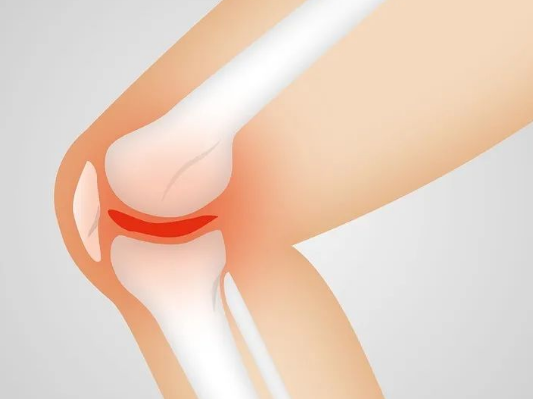Arthritis, one of the most common chronic diseases, encompasses over 100 types and can be triggered by various factors. Women are three times more likely to develop rheumatoid arthritis than men. The most prevalent form of arthritis is osteoarthritis, a non-infectious inflammatory disease caused by joint degeneration or overuse.

Experts explain that osteoarthritis develops gradually over time, and if young people exhibit symptoms, they should seek treatment as soon as possible. So, how can we determine if we have osteoarthritis? Let’s explore four common self-assessment indicators.
The first is limited joint mobility.
Limited joint mobility is one of the standards for self-assessing osteoarthritis. If you experience restricted joint movement, consider the possibility of osteoarthritis.
The second indicator is joint stiffness.
Many patients with osteoarthritis experience stiffness in their joints. Some may find their joints immobile upon waking up in the morning and need time to become flexible.
The third indicator is the presence of crepitus during joint movement.
Patients with osteoarthritis often feel friction in their joints when moving, and sometimes even hear clicking sounds or other crepitus. However, many patients do not exhibit this symptom in the early stages, so it should be taken seriously if it occurs.
The final indicator is joint swelling.
Joint swelling is also a symptom of osteoarthritis, often caused by overexertion, cold exposure, or excessive joint activity leading to synovial fluid accumulation, commonly known as synovitis. Recurrent synovitis is an important signal of osteoarthritis.
If you identify any of these symptoms through self-examination, it is recommended to seek medical attention promptly. Consult a professional orthopedic doctor for a definitive diagnosis and active treatment.
Does Cold Weather Cause Osteoarthritis?
With the arrival of cold weather and significant temperature fluctuations, many wonder if cold weather increases the risk of arthritis. Doctors explain that the direct causes of arthritis are not low temperatures but rather joint damage from movement and injury, aging of joint cartilage, and abnormal immune function.
While we cannot stop time, it’s still beneficial to stay active. However, it’s important to protect your joints; wearing long johns in cold weather and keeping warm can slightly alleviate pain. Experts also advise against keeping joints in the same position for extended periods, as habitually crossing legs or sitting for long durations can cause damage. Exercise should be moderate and proper, without blind enthusiasm. Adequate warm-up before exercise is essential. Additionally, preventing osteoarthritis involves a balanced diet, controlling weight, and consuming foods rich in calcium and vitamin D.
